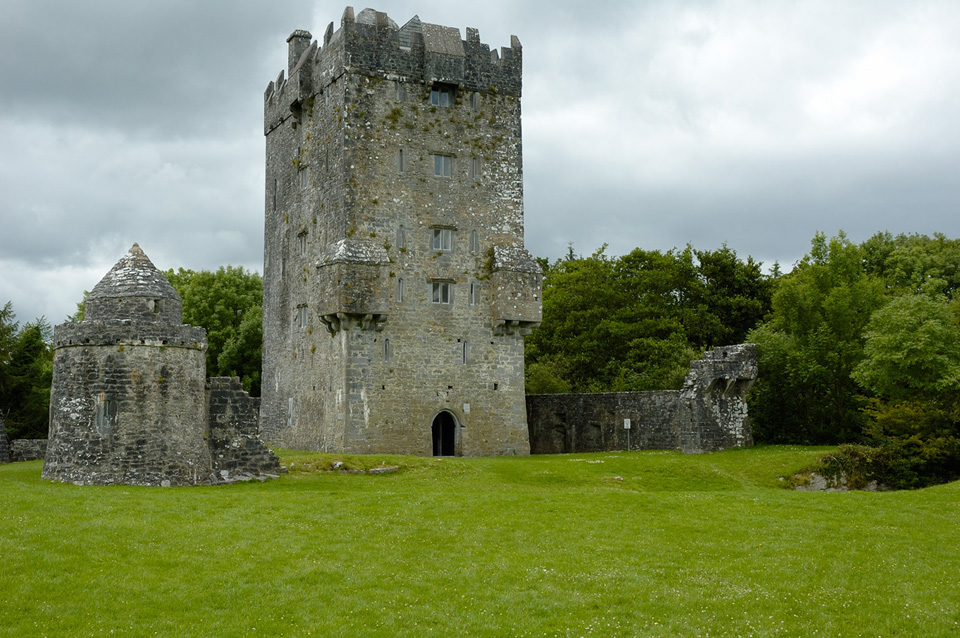New book analyses different ways in which people inhabited, lived and moved around in the Medieval and Early Modern Landscapes
Occupying Space in Medieval and Early Modern Britain and Ireland
By Gregory Hulsman and Caoimhe Whelan
In Series: Court Cultures of the Middle Ages and Renaissance
Peter Lang 2016
ABSTRACT:
 This volume arises out of early career work showcased at the 2013 three-day Borderlines XVII medieval and early modern conference held at Trinity College Dublin. The annual conference rotates between four Irish universities: Trinity College Dublin, Queen’s College Belfast, University College Cork and University College Dublin, and focuses on current research being undertaken by early career scholars in the medieval and early modern period. It is the largest postgraduate and early career conference held in Ireland and has always generated wide interest from the academic community, attracting many overseas visitors. The continued success of the Borderlines conferences, and the enthusiasm of the audience for a volume distilling some of the excellent scholarship on display, has encouraged us to produce a book comprising twelve chapters developed from papers delivered over the three-day period, all of which are linked by the conference’s theme of ‘Occupying Space’. The selection of papers chosen for this collection offers an examination of a wide range of topics on this theme across the spectrum of the medieval to early modern period, demonstrating interesting intertextual readings and parallels across disciplines and time periods. The unifying theme of ‘Occupying Space’ provides a broad canvas that facilitates a review and re-sketching of the contours of the past in relation to physicality, materiality and locality. The buildings and ruins still occupying our urban and rural spaces bridge the gap between the medieval and the modern, while manuscripts and objects hold keys to unlocking the secrets of the past.
This volume arises out of early career work showcased at the 2013 three-day Borderlines XVII medieval and early modern conference held at Trinity College Dublin. The annual conference rotates between four Irish universities: Trinity College Dublin, Queen’s College Belfast, University College Cork and University College Dublin, and focuses on current research being undertaken by early career scholars in the medieval and early modern period. It is the largest postgraduate and early career conference held in Ireland and has always generated wide interest from the academic community, attracting many overseas visitors. The continued success of the Borderlines conferences, and the enthusiasm of the audience for a volume distilling some of the excellent scholarship on display, has encouraged us to produce a book comprising twelve chapters developed from papers delivered over the three-day period, all of which are linked by the conference’s theme of ‘Occupying Space’. The selection of papers chosen for this collection offers an examination of a wide range of topics on this theme across the spectrum of the medieval to early modern period, demonstrating interesting intertextual readings and parallels across disciplines and time periods. The unifying theme of ‘Occupying Space’ provides a broad canvas that facilitates a review and re-sketching of the contours of the past in relation to physicality, materiality and locality. The buildings and ruins still occupying our urban and rural spaces bridge the gap between the medieval and the modern, while manuscripts and objects hold keys to unlocking the secrets of the past.
TABLE OF CONTENTS:
- Appearance and Physicality
– The Wife of Bath in the Saddle: A Rereading of ‘Upon an amblere esily she sat’ (General Prologue, I 469) (Clare Fletcher)
– ‘He purveyyd hym bothe scryp and pyke and made hym a palmer lyke’: The Role of Pilgrim Clothing in Medieval Narratives (Edel Mulcahy)
– Portraits of Envy: The Green Clothed Monster in Late Medieval Material and Literary Culture (Emma Martin) - Part II: From Author to Audience: Manuscripts and Social Spaces
– Textuality in Transition: Digital Manuscripts as Cultural Artefacts (Johanna M. E. Green)
– Filling the Void: The Development of Punctuation in a Silent Reading Culture (Diane Scott)
– Games at Court: Space in Early Tudor Manuscripts (Joel Grossman) - Part III: Using the Land: Literary and Literal Landscape
– ‘Enta geweorc’: Locating Memory in Landscape in Anglo-Saxon Poetry (Margaret Tedford)
– Welcome to the Occupation: Patterns in the Management of the Fourteenth-Century English Landscape (Duncan L. Berryman) - Part IV: Making Meaning from Zones of Conflict
– ‘Spaces of Retir’d Integritie’: The Relocation of Home in the Royalist Poetry of Katherine Philips (Sonya Cronin)
– ‘Them which possess the places erected by our ancestors’: Sacred Space and Conflict in Ireland (1603–1633) (Stephen Hand - Part V: Social Spheres of Business and Trade
– The Tactile Account of Anglo-Saxon Ivory (550–1066): Image, Status, Materiality and Economics (Lyndsey Smith)
– A Civic Relationship: The Guild Book of the Barbers and Surgeons of York as an Expression of Professional Status and City Authority (Richard Wragg)
ABOUT THE EDITORS:
Gregory Hulsman holds a PhD in English from Trinity College Dublin. His research focuses on the compilation of Lollard anthologies in late fourteenth- and early fifteenth-century England.
Caoimhe Whelan holds a PhD in History from Trinity College Dublin. Her work examines the transmission and reception of texts with a particular focus on the dissemination of historical texts in late medieval and early modern Ireland.
